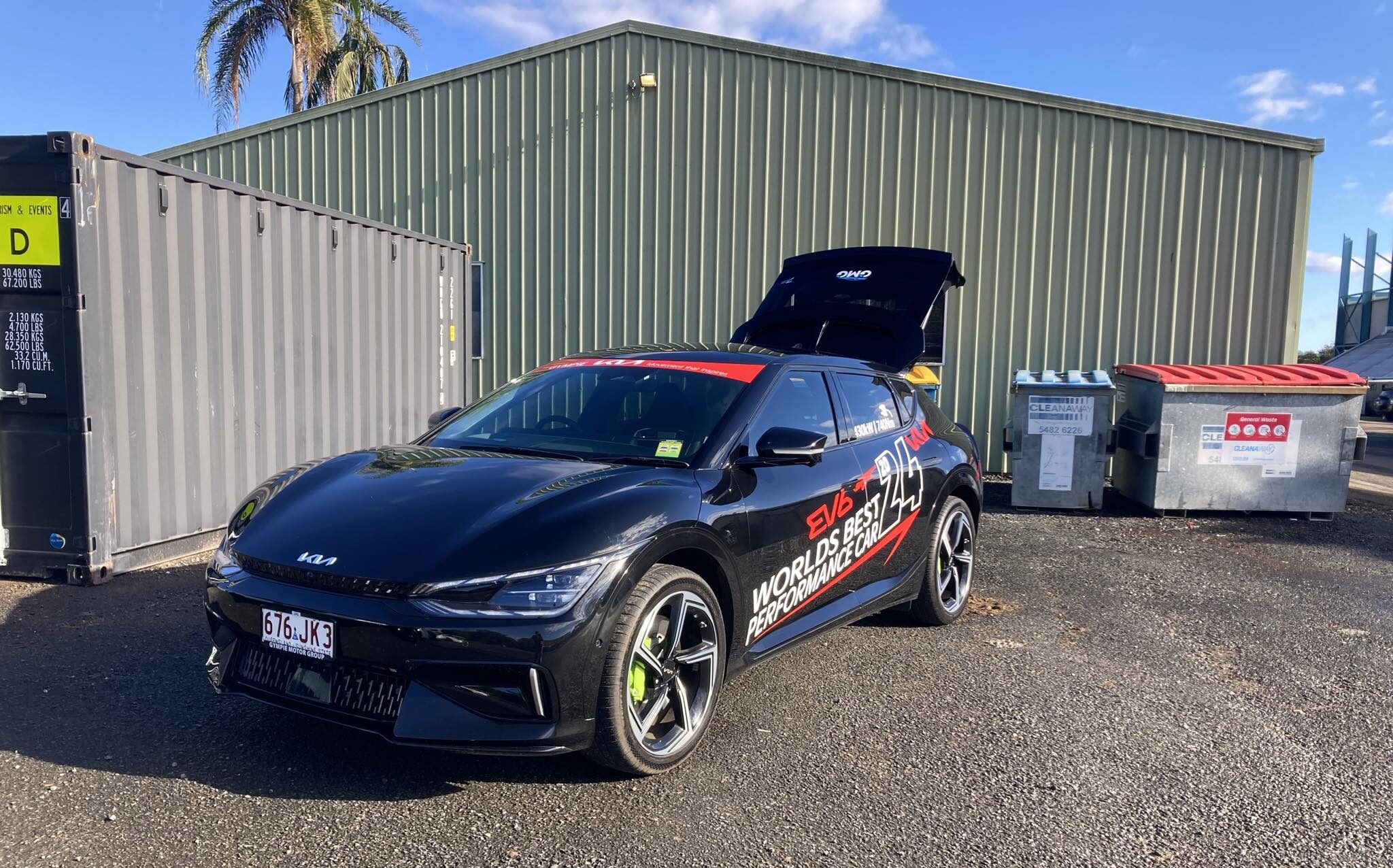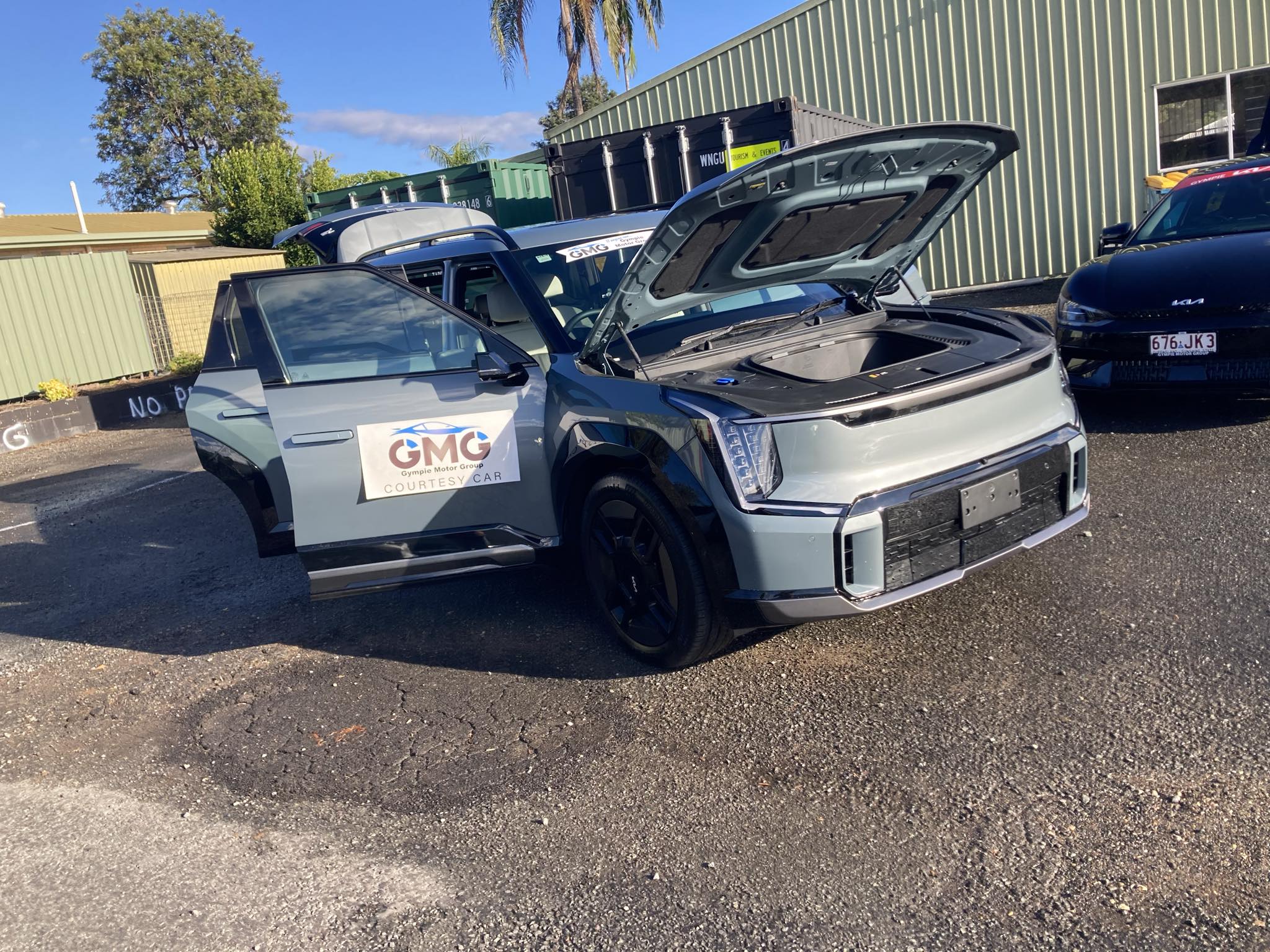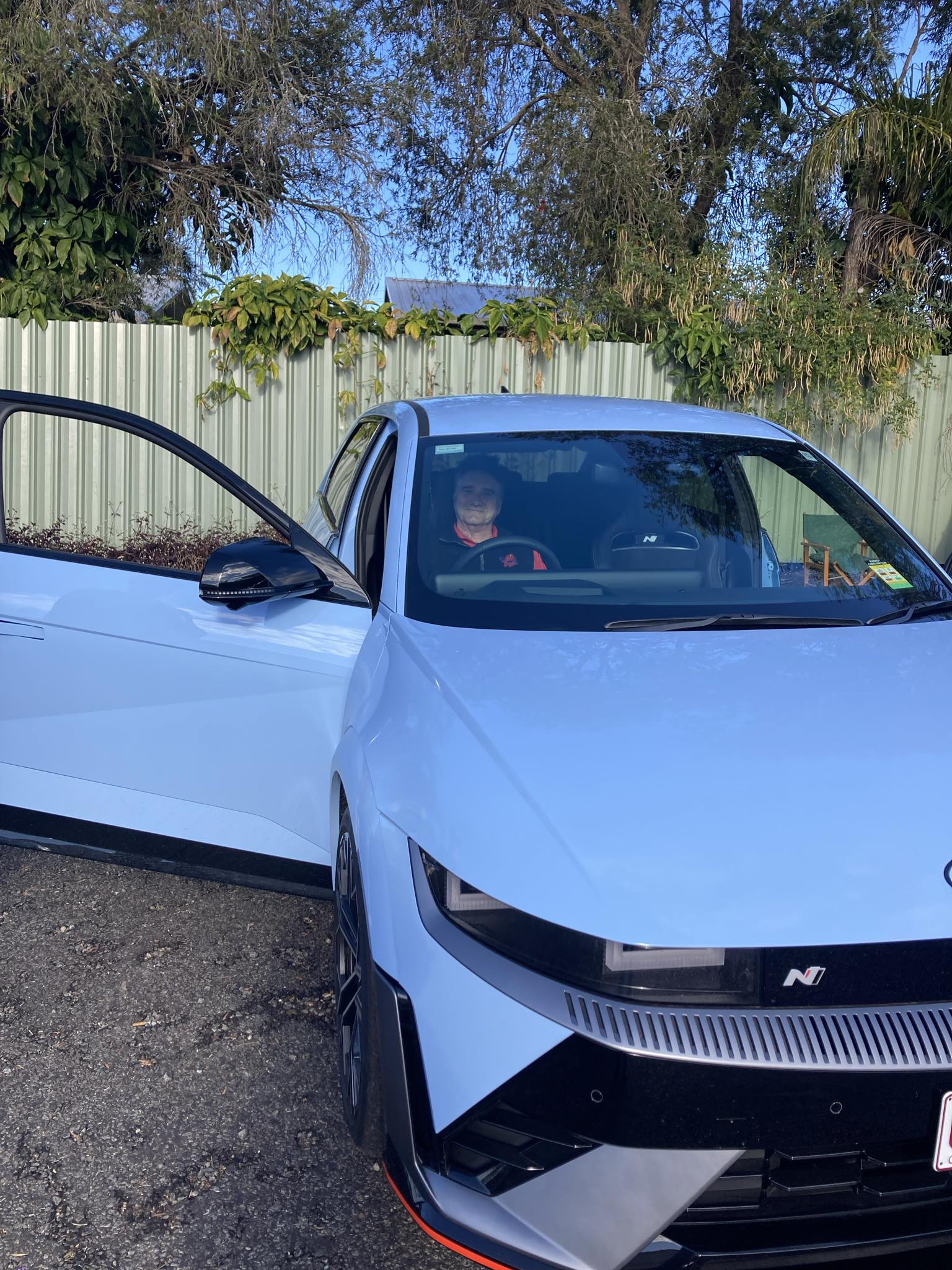
Sign up for daily news updates from CleanTechnica on email. Or follow us on Google News!
Paul Wildman and I have collaborated on articles charting the difficulties of the top three car makers: Toyota, Volkswagen, and Stellantis; and the effect of these difficulties on their respective national economies: Japan, Germany, France, and Italy. Recently, I suggested to Paul that we look at Hyundai/Kia, as they do not seem to be having such a bumpy ride through the electric vehicle transition, according to my newsfeed.

Readers may wish to revisit previous articles on Toyota, which has reduced production for seven months in a row; Volkswagen, which no longer plans to close factories but still plans to shed 35,000 workers; and Stellantis. The disruptors have become the disrupted. This current article forms part of a watching brief. It is not intended as a deathwatch, such as was in place during the ramp-up of the Tesla Model S and Model 3.
Paul sent me his thoughts (with a little help from AI):
1. Hyundai and Kia have been successful in selling EVs due to several factors, including their commitment to offering a range of affordable and high-quality electric vehicles, strong brand reputation, and extensive dealer networks. However, some of their EV models can be perceived as overpriced compared to those from competitors like Tesla, especially when considering features, performance, and range.
For example, the Kia EV6 starts at around $72,590 AUD, which is higher than some other EVs in its class. Despite this, Kia has managed to attract buyers by offering competitive drive-away pricing, good real-world energy consumption, and strong performance. Ultimately, the success of Hyundai and Kia in the EV market comes down to their ability to balance affordability with quality and performance, even if some models are priced higher than others.
2. Korea has a small geographic area — compared with China or even Australia — so in a sense it is already ‘skill/innovation clustered’, which means ‘controllable localised supply chain’. This is more fortuitous than deliberate compared with China, which intentionally clusters like industries — a version of national economic planning.
3. Labor costs in Korea are half the labor costs in Australia ($5.87 AUD/hr compared with $10.63 AUD/hr), and three times the labor cost in China. Australia is five times the labor cost in China.
4. Hyundai has very impressive designs.
5. Korean Auto Mindset (Kaikaku) compared with Japanese Auto Mindset (Kaizen) — Kaizen leads to an obsession with world leader innovation through incremental change, yet suppresses system change. Kaikaku invites radical system change. Toyota’s deliberately slow processes are just not working in a rapidly evolving market.

6. Very good after-sales service that goes further into customer support — for example, in the USA.
“Between the lines: Hyundai Group’s scrappy, risk-taking culture, especially during uncertain times, is a big reason for its success, industry experts tell Axios.
• In 2009 during the Great Recession, for example, Hyundai made an unusual offer: Anyone who bought a Hyundai and later lost their job could return it without affecting their credit.
• The company reprised the program during the COVID-19 pandemic.
• ‘They gave people confidence during an uncertain environment,’ says Stephanie Brinley, principal automotive analyst at S&P Global Mobility. ‘The message to consumers was, “We’ve got your back.”‘
7. The two brands have done a lot of work in building a more premium feel and more perceived value over the last decade. David checked out the IONIQ when it first came to Australia 5 years ago, it had poor range and a budget feel — there is no comparison with the IONIQ 5 a few years later. Except for the name. For a great read on the engineering issues on the battery of the IONIQ, see here. Hyundai has come a long way, quickly.

8. John Kett (Hyundai Australia COO) nominated residual values of used EVs as a crucial part of the mix moving forward, something that would see the brand place an increased emphasis on giving buyers confidence in buying new vehicles. To do this in the fourth quarter of 2024, Hyundai in the US launched Hyundai Capital, a wholly-owned finance division that will provide guaranteed residual values to new-vehicle purchasers.
“Residuals are key. [The] second life of an EV is something I think we’re all trying to work our way through, to give consumers confidence that an EV does have a life beyond its eight-year battery warranty.” Hyundai and Kia’s refusal to participate in a price war with Chinese EV makers should shore up the Korean cars’ resale values.
9. Hyundai Australia has 204 dealers and a range of EVs, but only 4 BEVs (IONIQ 5; IONIQ 5N; IONIQ 6; and the electric Kona). Kia has 162 dealers and 4 BEVs (Niro; EV5; EV6; EV9). Hyundai/Kia is promising more models soon, including the budget priced Inster, the Kia EV3, and the large IONIQ 9.
Buying a pre-owned IONIQ 5 through Hyundai comes with the following warranties: “This vehicle has not been written off or wrecked. This vehicle has not had significant damage caused by exposure to water. This vehicle has not had major modifications and/or repairs, including the replacement or repair of any of the panels, structural members or components by cutting or welding. This vehicle has been checked against the Personal Property Securities Register and comes with clear title.”

10. Korean-made EVs are performing well against Chinese EVs despite higher costs due to a combination of several factors:
-
- Brand Reputation: Korean brands like Hyundai and Kia have established strong reputations for quality and reliability, which attracts consumers even at higher price points.
- Technological Innovation: Korean EVs often feature advanced technology, including higher energy density batteries and sophisticated safety features, which justify the premium pricing.
- Customer Service: Korean automakers are known for their excellent customer service and strong dealer networks, which enhance the overall ownership experience.
- Resale Value Support: Guaranteed residual value.
- Performance and Design: Korean EVs often excel in performance, design, and driving experience, making them appealing to consumers who prioritize these aspects over cost.
While Chinese EVs are generally more affordable and offer good value, Korean EVs stand out for their premium features and brand trustworthiness. This combination allows them to compete effectively in the market despite higher prices.
11. Central Planning Authorities: Japan has METI (Ministry of Economy, Trade and Industry), China has NDRC (National Development and Reform Commission), and Korea has MEOF (Ministry of Economy and Finance).
Unlike the other countries listed above, the NDRC is responsible for formulating and implementing strategies and planning for national economic and social development. It oversees macroeconomic policies and coordinates economic activities across various sectors. The NDRC plays a crucial direct role in formulating policies and strategies to support the development and expansion of the EV market. This includes providing incentives for EV manufacturers, supporting the construction of charging infrastructure, reducing the carbon footprint, and implementing regulations to encourage the use of clean energy vehicles.
Neither METI nor MEOF have such a direct economic planning role as NDRC. This is a strength and weakness, as, in effect, the Chinese government is ‘by commission picking winners and thus by omission picking losers’. When this leads to bad policy, the country’s direction can be traduced, as in Japan. However, when the central authorities do manage to ‘pin the tail on their economic donkey’, magic happens, as in China with EVs.
12. Looking at carmakers’ debt burden, compared to Toyota ($255 billion USD), Volkswagen ($219 billion USD), Stellantis ($39 billion USD), Hyundai/ Kia owes about $103 billion USD, with revenue of $128 billion USD. Hyundai has an operating margin of 13% while Kia sits at about 16%. Both of these are well above Toyota and, incidentally, Tesla. Unlike the current crisis at Nissan, the debt burden does not seem to be a problem for Hyundai Motor Group (HMG).
If we zoom out, it looks like China and South Korea have made the right decisions — backed the right horses as it were. Japan, the US, and Europe seem to be either dithering between fossil fuel, hydrogen power, electric, or some sort of Frankenstein monster’s amalgamation of drivetrains. All in all, the planet needs a win for mankind to survive, so let’s hope that the future is bright, and electric.

Chip in a few dollars a month to help support independent cleantech coverage that helps to accelerate the cleantech revolution!
Have a tip for CleanTechnica? Want to advertise? Want to suggest a guest for our CleanTech Talk podcast? Contact us here.
Sign up for our daily newsletter for 15 new cleantech stories a day. Or sign up for our weekly one if daily is too frequent.
CleanTechnica uses affiliate links. See our policy here.
CleanTechnica’s Comment Policy




